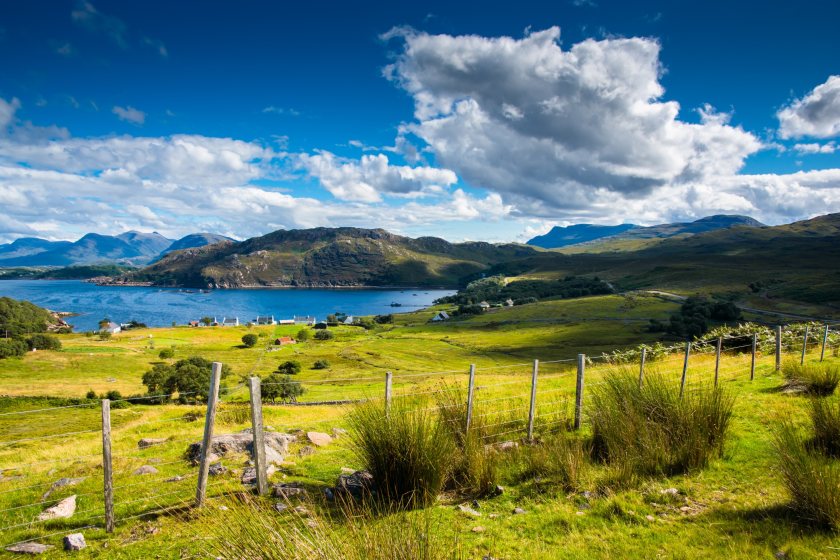
The number of Scottish estates bought by institutional investors, charities and corporate bodies dropped in 2023, according to new analysis.
Demand remained strong with 23 Scottish estates selling during the year – the same as in 2022 – achieving an average sale price of £7.5m.
Although this was down from £8.2m in 2022, it is 17 percent higher than the five-year average of £6.4 million.
However, there was a significant shift in buyer types with 70% of buyers being individuals or families, while 30% were funds, charities, or corporate bodies.
This is in contrast with 2022 where 39% of sales were accounted for by individuals and families and 61% by entities.
Strutt & Parker's annual Scottish Estate Market Review comes at a time when there is considerable interest in the dynamics of rural land transactions, following the release of the Scottish government’s Land Reform Bill.
This introduces dramatic proposals with regard to the sale of large estates in Scotland in the future, including the prospect of landholdings of more than 1,000 hectares being subject to mandatory scrutiny.
Robert McCulloch, head of estates for Strutt & Parker said: “The Land Reform Bill contains provisions which have the potential to have a considerable impact on the estate market.
"The average size of estate sold in 2023 was 4,100 acres – well above the threshold which the Bill proposes for Government intervention in the method and delivery of sale.
"The proposals would also effectively end private sales for estates over 1,000ha. This would again be a significant change as 56% of transactions in 2023 occurred on an off-market basis.
"The extent to which this proposed legislation can, or will, be enacted as law will be a key question for estate owners and prospective purchasers alike, with heat in the debate being guaranteed.”
The data shows that gross investment in Scottish estates dipped slightly in 2023, due to a combination of global economic factors and a more cautious approach from natural capital investors.
The cumulative amount spent on Scottish estates was £173m, which is down 8% on the previous year.
Mr McCulloch explained: “Global economic factors and a pause for breath from some carbon-investing funds has meant that market sentiment softened over the course of 2023.
“It is not that the market bubble for natural capital has burst, more that it has been gently deflating.
"Meanwhile, global interest in, and demand for ownership of, Scottish estates remains as firm as ever and we can see growing opportunities for more traditional buyers over the coming months.”
Mr McCulloch highlighted that the limited size of the estates market means one or two high-value sales can have a big impact on the average statistics, so the data needs to be treated with some caution.
For example, while the average estate sale price was £7.5m, only six out of the 23 estates which changed hands during 2023 sold at or above that price.
Three estates sold for more than £20m, and two for between £10m and £20m. But more than half of the estates sold for between £1m and £5m.
The supply of estates available increased to 41 in 2023, compared with 29 the previous year, which represents a rise of 41%. Eighteen of these remained either unsold or withdrawn at the end of the year.
This means there are currently more estates for sale in the early part of 2024 than in recent years and a fresh selection of properties is also expected to come to the market in the summer months.
The majority (84%) of purchasers were UK-based and 16% were from overseas, which is consistent with previous years.
The largest estate for sale was over 25,000 acres, while the smallest was under 150 acres.
